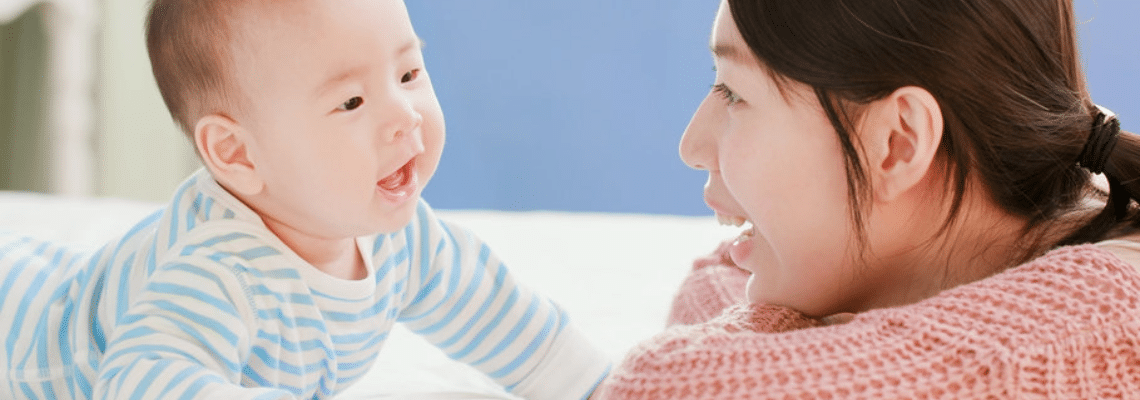
The soft, gentle murmurs of a baby’s first utterances, like whispers of joy and wonder to doting parents, are actually signs that the baby’s heart is beating in rhythm with the developing speech. Jeremy I. Borjon, an assistant professor of psychology at the University of Houston, reports in the Proceedings of the National Academy of Sciences that a baby’s first sweet sounds and his first attempts at forming words are directly related to the baby’s heart rate. The results have implications for our understanding of language development and possible early signs of speech and communication disorders.
Relationship Between Recognizable Vocalizations and a Slowing of the Heart Rate

For infants, producing intelligible speech is more than a cognitive process. It is a motor skill that requires them to learn how to coordinate multiple muscles with different functions throughout the body. This coordination is directly related to sustained fluctuations in heart rate. Borjon investigated whether these fluctuations in heart rate coincide with the production of sounds and words in 24-month-old babies. He found that heart rate fluctuations coincide with the timing of vocalizations and are related to their duration and the likelihood of recognizable speech being produced. “Heart rate naturally fluctuates in all mammals, steadily increasing and then decreasing in a rhythmic pattern. It turned out that infants were most likely to vocalize when their heart rate fluctuation had reached a local maximum or minimum,” Borjon reports. The utterances produced at the maximum were longer than would be expected by chance. Utterances produced just before the trough, when the heart rate slowed, were more likely to be recognized as words by inexperienced listeners.
Borjon and his team measured a total of 2,708 sounds made by 34 infants between the ages of 18 and 27 months while the babies were playing with a caregiver. Infants in this age group generally do not yet speak whole words, and only a small proportion of the sounds could be reliably identified as words by naive listeners (10.3%). For the study, the team considered the heart rate dynamics of all the sounds the baby made with its mouth, whether it was laughing, cooing or babbling. “Every sound an infant makes helps its brain and body learn how to coordinate with each other, eventually leading to speech,” Borjon said.
As infants grow, their autonomic nervous systems – the part of the body that controls functions such as heart rate and breathing – continue to develop. The first few years of life are marked by significant changes in the functioning of the heart and lungs, and these changes continue throughout life. The association between recognizable vocalizations and a slowing of the heart rate could suggest that the successful development of language depends in part on infants passing through predictable ranges of autonomic activity as they develop. “Understanding how the autonomic nervous system relates to infant vocalizations across the developmental continuum is an important avenue for future research to understand how language arises, as well as to identify risk factors for atypical language development,” Borjon said.
Baby’s First Year
Postpartum Basics







